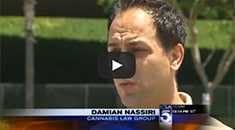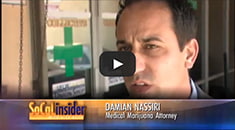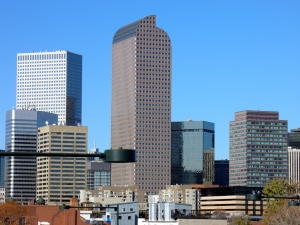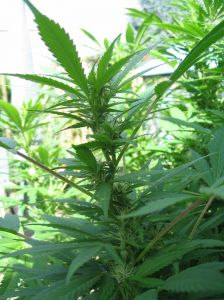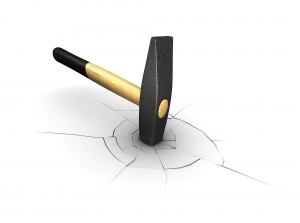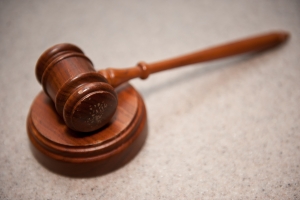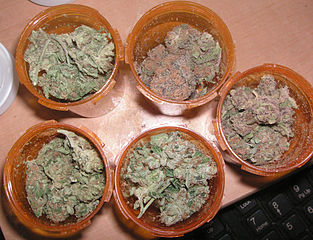Marijuana Arrests Were Racially Disparate in NYC, Report Says
A new report released by the New York Civil Liberties Union indicates that the city police department’s now-infamous “stop-and-frisk” program, which led to a huge spike in marijuana-related arrests, was fraught with stark racial disparities.
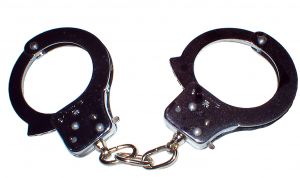
Not only that, our Los Angeles marijuana criminal defense lawyers understand it was vastly ineffective in its ultimate goal of recovering illegal guns from city streets.
Analysis like this is important because even though L.A. and NYC isn’t an apples-to-apples comparison in terms of marijuana laws, policing policies often borrow heavily from one another. A glimpse into the law enforcement policies of one large police agency can offer valuable insight into the operations of our own – and how we might best defend against marijuana-related arrests in Los Angeles.
The New York City Police Department’s stop-and-frisk program, heavily criticized by civil rights advocates, is the policy by which officers who “reasonably suspect” a crime was committed, is being committed or is about to be committed, may stop a person to question him or her and, if the officer fears danger of physical injury, may frisk the suspect for weapons.
The policy appears to toss probable cause out the window. The agency conducted 4.4 million stop-and-frisk stops since 2004.
It is now the subject of a class action lawsuit in Floyd v. New York.
Although the department has significantly curbed the program, slashing stop rates by 22 percent just last year, there were still hundreds of thousands of people who were stopped in encounters that the NYCL called humiliating, unjustified and intimidating. Activists say that not only is there a 90 percent failure rate with the program – meaning it turns up virtually nothing – it serves to sow mistrust between the police and minority communities, violating fundamental rights in the process.
In 2012, the NYPD reportedly stopped and interrogated some 533,000 people. This was a 22 percent decrease from a year earlier, but a nearly 450 percent increase from when the program first started back in 2002. Nine out 10 of those people were neither arrested nor ticketed, meaning they were innocent. Nearly that many, about 87 percent, were either Latino or black. Only about 9 percent were white, even though they constitute 35 percent of the city’s population.
In precincts with low black and Latino populations, the number of black and Latino stops were still in the 70 percent range. These individuals, though more likely to be frisked, were less likely to be found with weapons.
Some 26,000 people were arrested for alleged marijuana possession in the city just through this program last year. Although the city maintains the program’s value in tracking down illegal guns, it nets far more marijuana-related arrests. More people were arrested for marijuana than any other offense.
Unlike those in the nearby states of Colorado and Washington, possession of marijuana without a prescription is still illegal in California. Per California Health & Safety Code 11357, possession of less than 28.5 grams of the drug is guilty of an infraction punishable by a $100 fine. Anyone caught with more than 28.5 grams will face up to six months in jail. Anyone arrested for possession of concentrated cannabis is subject to a possible year in jail and a $500 fine.
Racial bias can be difficult to prove. We are committed to ensuring that your rights following your Los Angeles marijuana arrest are fully protected.
Continue reading
 Cannabis Law Group's Medical Marijuana Legal Blog
Cannabis Law Group's Medical Marijuana Legal Blog